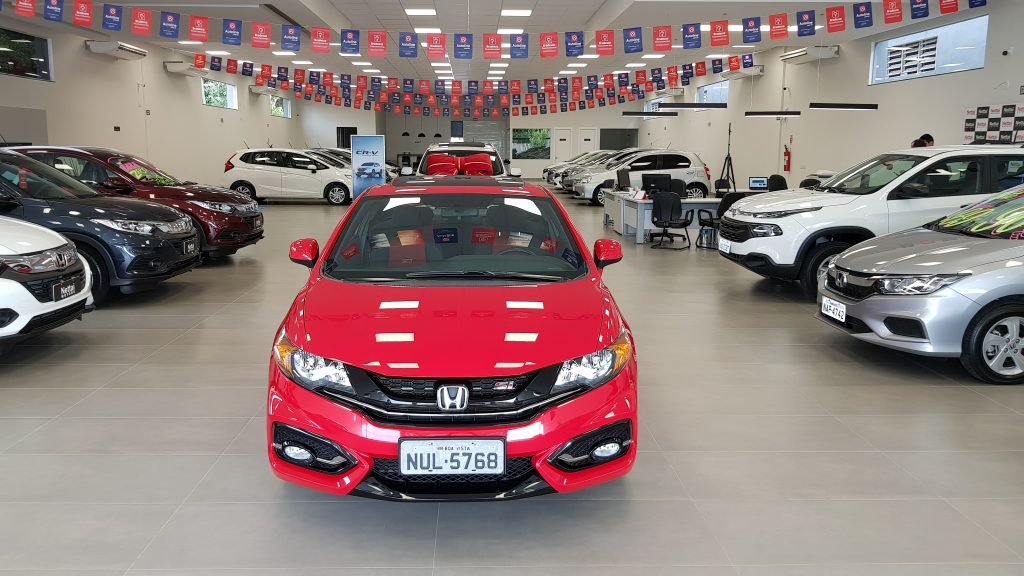Few industries have remained untouched by technology and the automotive industry is no different. Whether you’re selling repo cars or luxury automobiles, many large enterprises are turning to the internet to conduct business. Of course, you’ll need a bit of a template to get started if you want to rank amongst the competition.
Between studying up on SEO and building out an enterprise website, there are a few things that you’ll have to keep in mind if you’re going to start up a web-based auto lot.
1. Find the right products.
Say, for interest, you’re a buyer looking for repo vehicles. Where do you turn to stock up your store? Often, if you’re looking for repo cars for sale, you’re going to want to turn to the online auction houses. Whether you’re buying a motorcycle, RV, or SUV, auctions edge out dealership cars by a solid market. Not only can you get better deals than dealership prices but you don’t have to deal with the dealership atmosphere either. Before you start shopping, make a list of key features. Whether you want a sunroof, leather seats, alloy wheels, or other key features, this can help narrow your query down to a specific seller.
2. Get your enterprise site going.
You’re going to need an enterprise site and tech if you’re going to take on the competition. Pick a URL for your enterprise site that’s easy to remember, whether it’s a specific keyword or phrase. It should always be specific to your brand and target audience, too. On top of that, every large enterprise needs to think about the user experience. If your website presents a bad user experience, you’re liable to drive away searchers and prospective customers. Large websites can be difficult to maintain, especially when it comes to optimizing and content creation. This leads to the next point.
3. Get some enterprise SEO assistance.
Enterprise SEO is crucial to help connect you with searchers. Large companies, large organizations, and stakeholders want big brands to use enterprise SEO, content marketing, and organic search to connect with users. This can be time-consuming, especially since many enterprise companies have plenty of tasks to prioritize. That’s why it’s a good idea to pair with an enterprise SEO agency. An SEO company can help you secure organic traffic, start a solid SEO campaign, tighten up blog posts, and maximize keyword research for social media and search results visibility. You need to prioritize your SEO effort if you want to make it to the first page of Google.
4. Don’t forget about funding.
You may need to meet with a lender to ensure you can pay suppliers and afford to maintain your enterprise SEO strategy. Start with your credit union and see what services they offer to small business owners. Financial fluctuations can impact your scalability and with the economy’s twists and turns in the last year, you’ll need a lender or credit union that’s willing to work with you. Even if you’re buying cheap repossessed vehicles, you’re going to need to do so on a large scale to compete effectively.
5. Track your progress.
For a web-based band, project management is critical. You can use Google Search Console or Google Analytics to track site performance and if you’ve used a WordPress build, there are performance tools there as well. Investing in an enterprise SEO tool or SEO services can also help track webpage growth and page optimization. You’ll need these valuable insights to meet your standards and take your business to the next level.
Whether you’re choosing enterprise SEO services for search engine growth or you’re refining your workflow and web development, the bottom line is starting a web-based auto business takes work. If you want to become a brand name, you’re going to need a content strategy, engine optimization, and insight into your performance. Follow some best practices and you might be the new page taking over the web.








